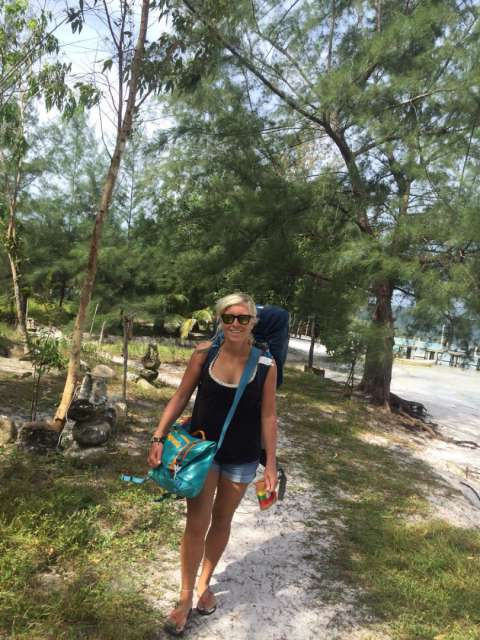Elephants, pepper, and other surprises
Whakaputaina: 05.12.2016
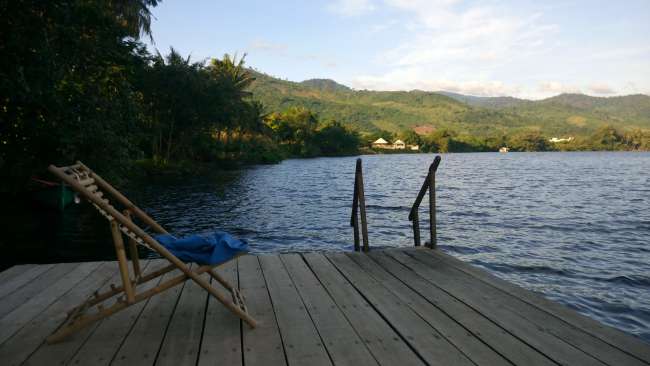
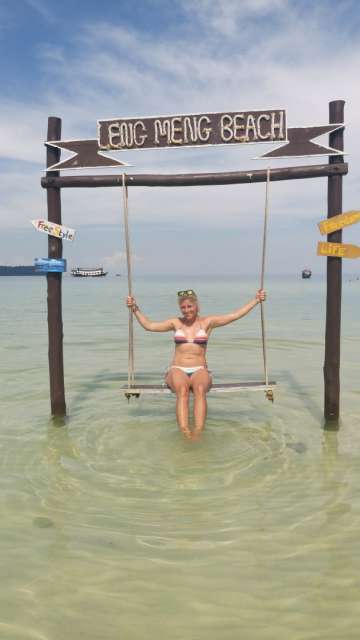
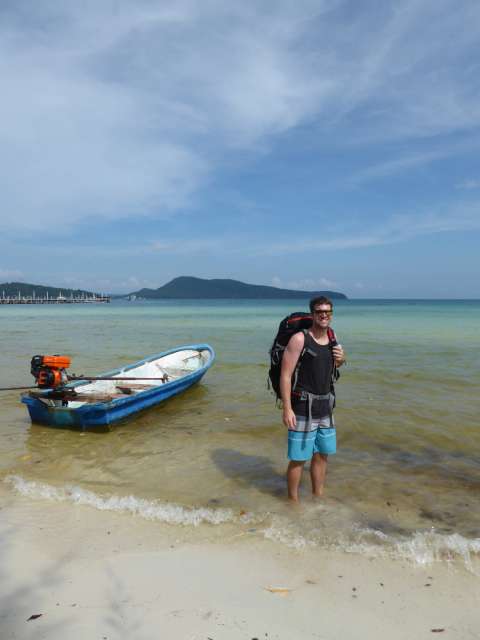
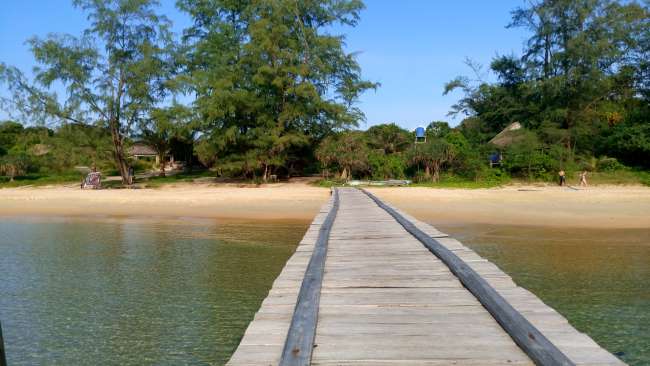
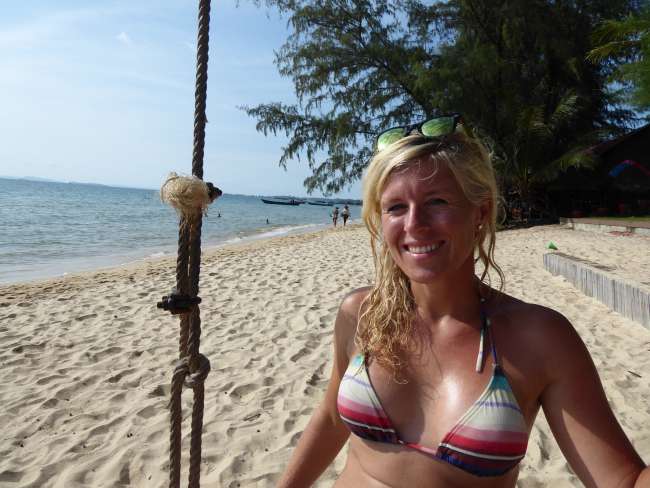
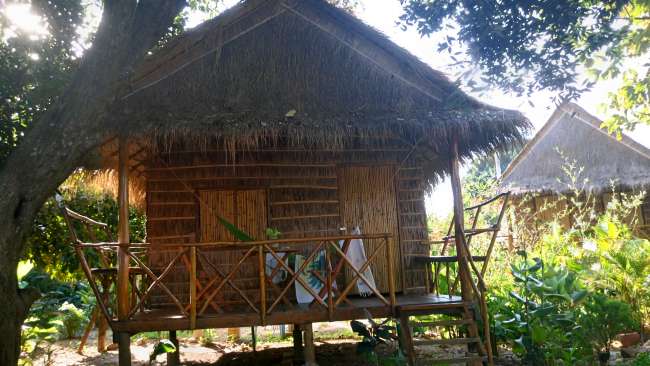
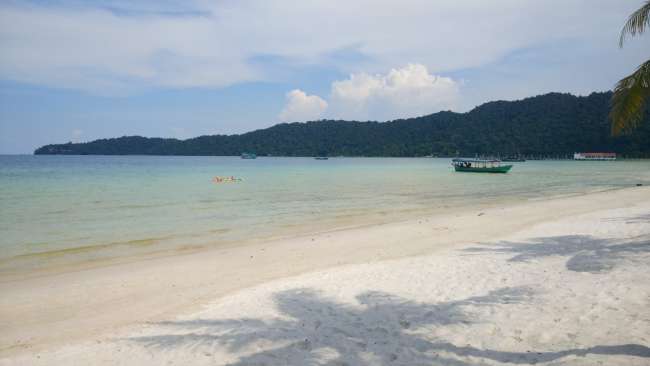
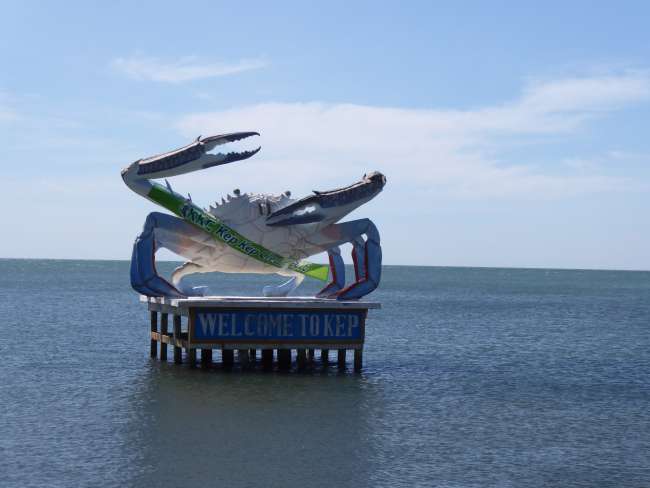
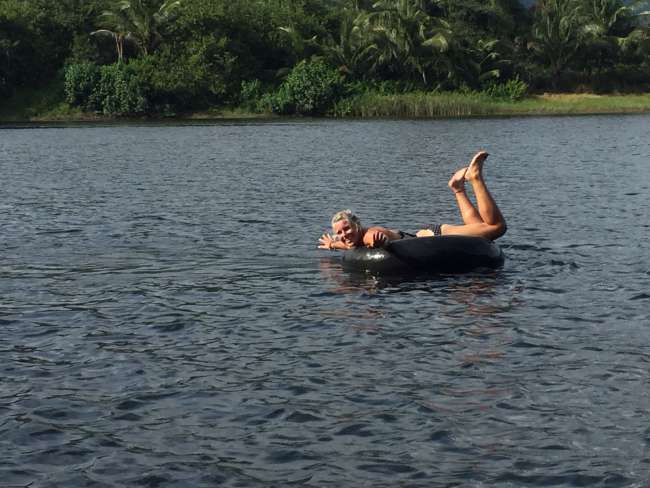
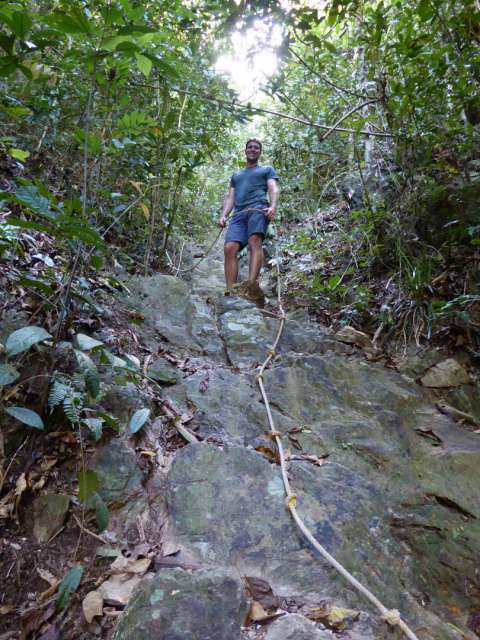
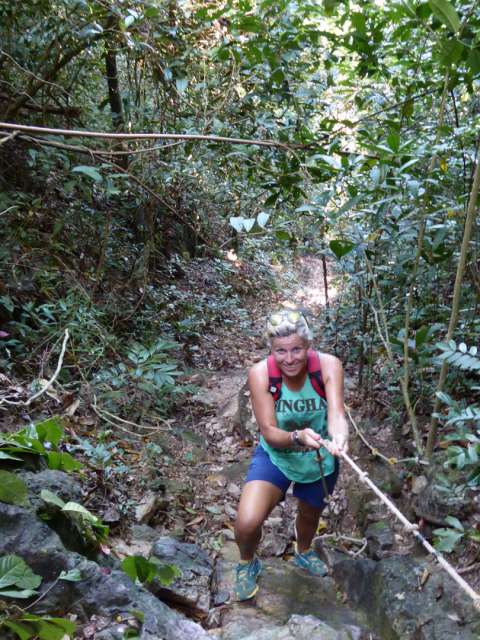
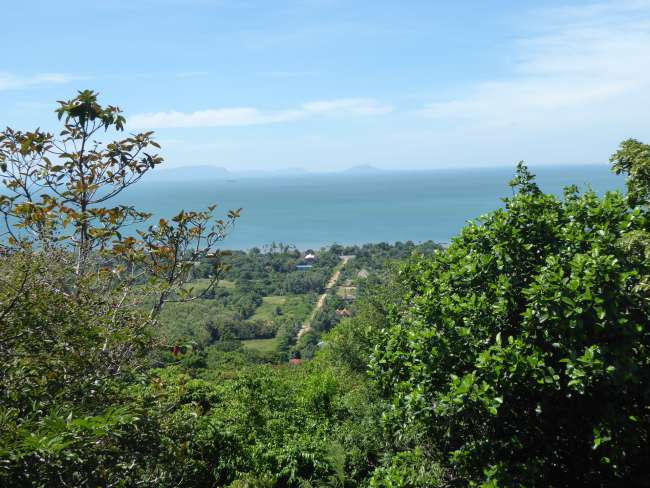
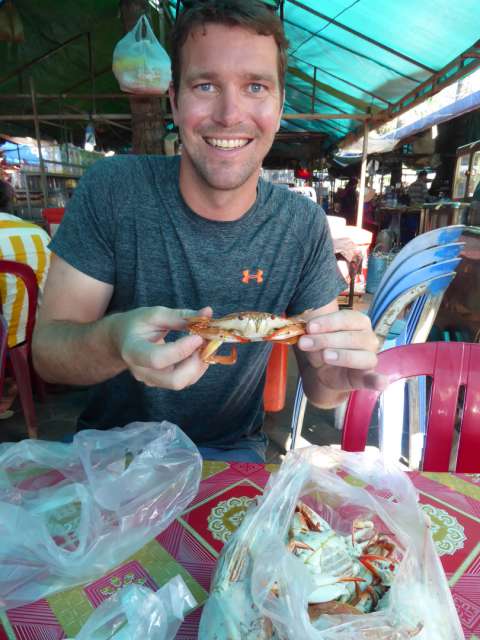
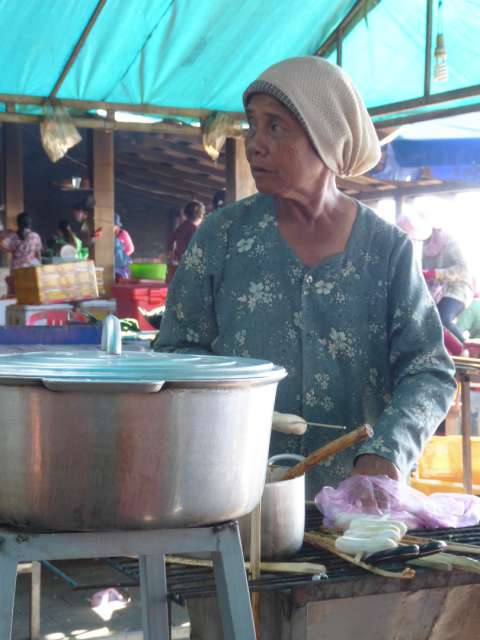
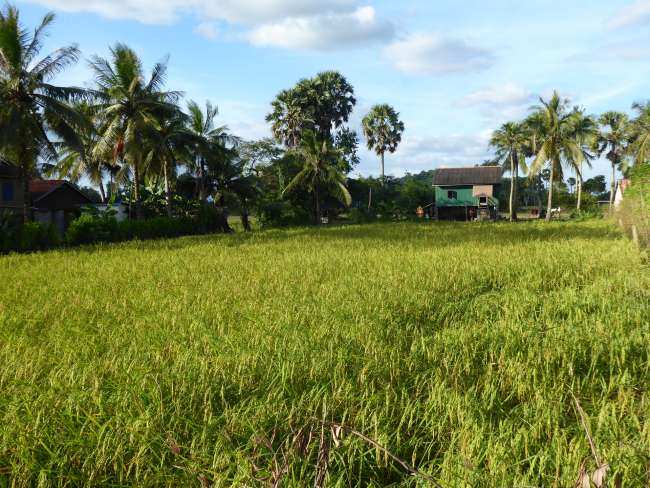
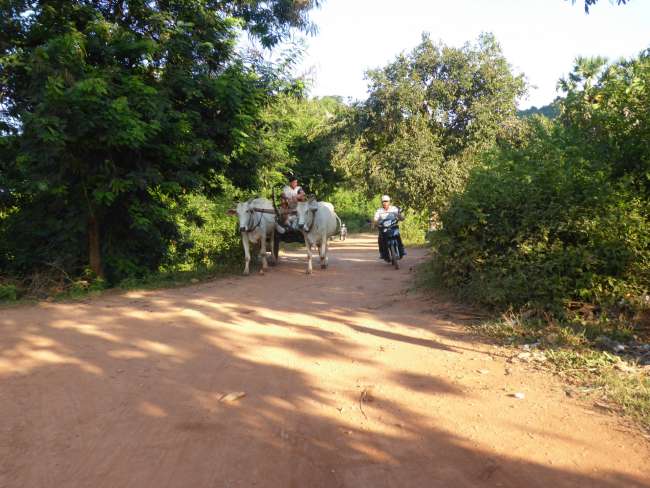
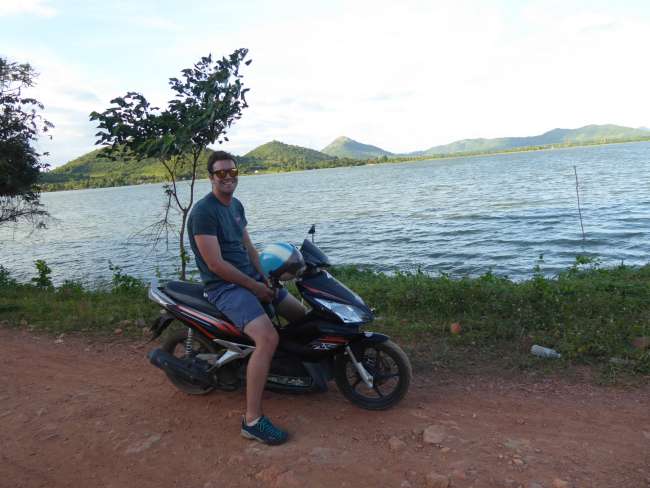
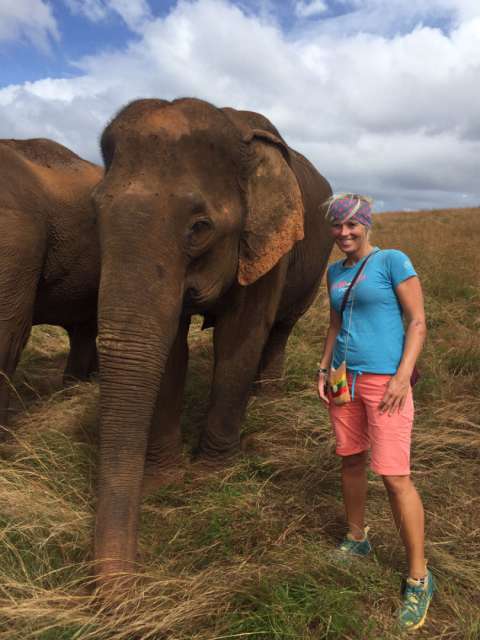
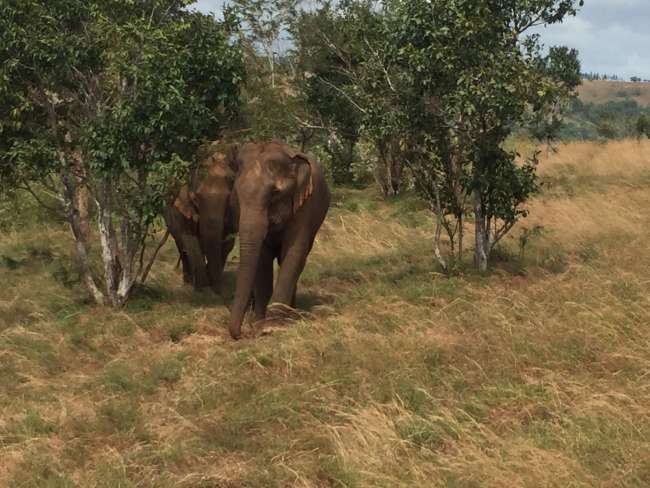
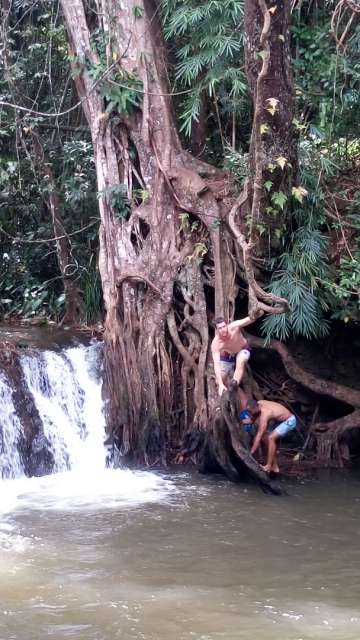
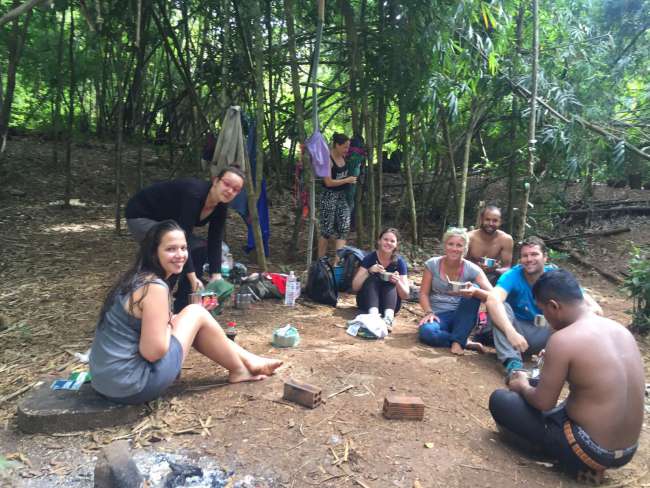
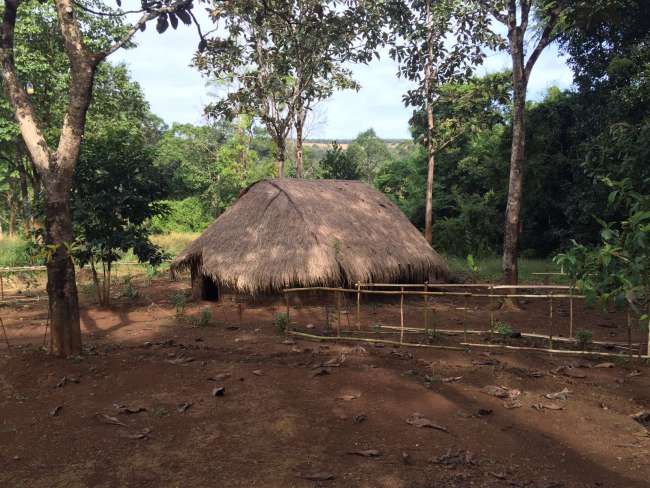
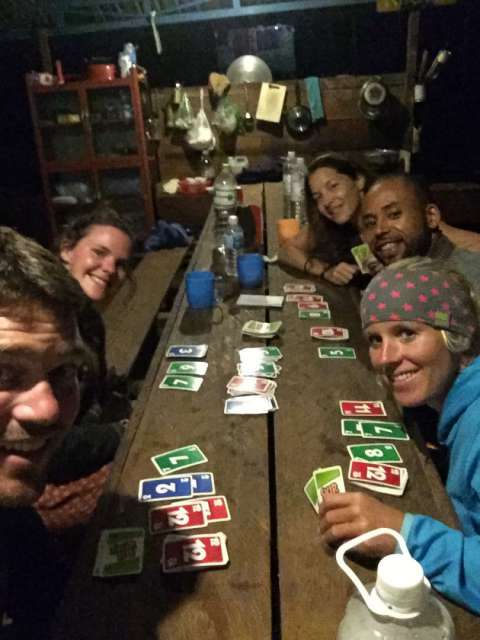
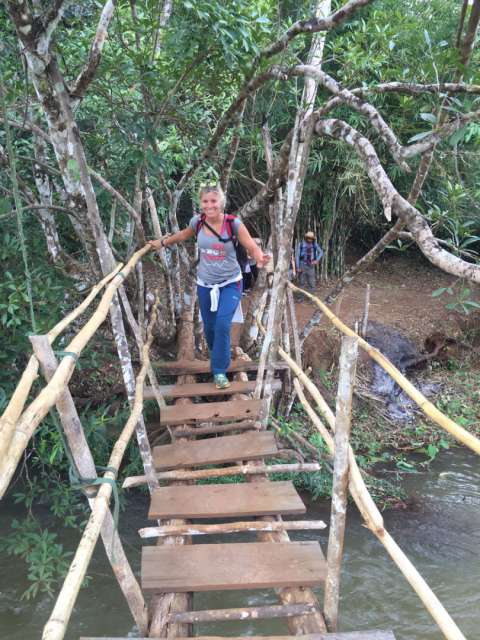
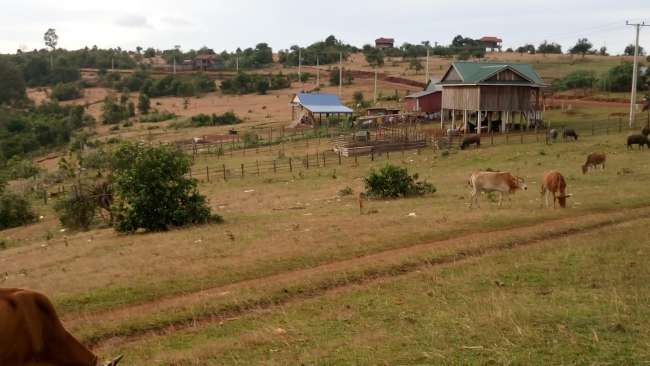
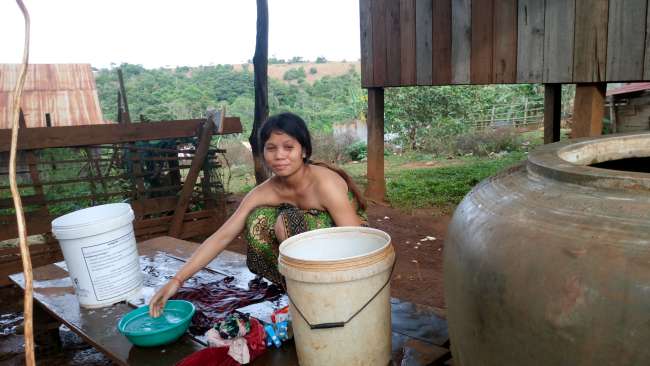
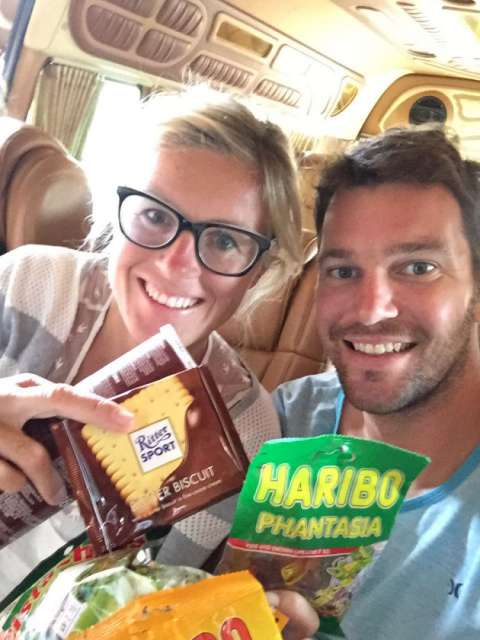
Ohauru ki te Panui
If Robinson Crusoe could choose an island to be stranded on and live as a shipwreck survivor for 22 years, he would probably choose Koh Rong Sanloem, a small island paradise off the southern coast of Cambodia... When we boarded the speedboat to Koh Rong Sanloem from the peaceful but somewhat touristy Otres Beach with its many bars, beach vendors, and small shops, and the busy, overcrowded, booming town of Sihanoukville, we didn't really know what to expect, as Cambodia is not necessarily known for having the most beautiful beaches in Southeast Asia. After a 45-minute journey, we found a little paradise that is probably rarely found anywhere today. Carrying our large backpacks, we first went in search of our accommodation. Instead of using streets or sidewalks, you can reach the few bungalows on the island by simply taking off your flip flops and wading through the bathtub-warm water or making your way through a small sandy path that winds along the shore and through the thick coconut palm grove. After some detours, we finally found our bungalow complex, which is run by a German expatriate. The cozy bamboo hut was only a few meters away from the turquoise blue, crystal clear sea, and despite its very basic amenities (electricity was only available from 6 pm to 6 am, no WiFi, and only cold water), it exuded a rustic coziness. Our secluded stretch of beach invited us to simply lie in a hammock with a book in hand and listen to the sound of the sea. In the evenings, we sat together with other vacationers and exchanged travel experiences. The most important item for me on Koh Rong Sanloem was definitely the flashlight, because armed with one, I dared to leave the bungalow in the evening to avoid an unpleasant encounter with a frog, snake, or spider. Or I needed it in our hut to make sure that there really wasn't a gecko cozying up under my pillow or a mouse running around.
The definitely most beautiful and secluded beach on the island is certainly the so-called Lazy Beach, which can only be reached after a half-hour hike through the jungle. If you enjoy a few beers while waiting for the sunset there in pure tranquility and completely forget that our bungalow is not just around the corner, the return trip can almost be the downfall ... despite having my flashlight with me, the darkness and the numerous sounds and noises in the dense jungle were almost a bit eerie, and without a flashlight or a phone, one would easily get lost.
After three days at the beach, we were drawn back inland, to where the pepper grows - to Kampot. After a two-hour bus ride, we reached the small former French colonial town. A couple from Cologne, whom we met on Koh Rong, recommended an eco lodge just outside the city, right on the peaceful Kampot River. The cultivation of the famous Kampot pepper, once revered as the gold of Cambodia, was almost brought to a standstill by the brutal Khmer Rouge regime, but in recent years it has experienced a tremendous revival and has stimulated the economy in the region. Nowadays, huge pepper plantations can be seen around Kampot, and the expensive spice is exported as far as Europe. We especially enjoyed the uniquely flavored Kampot pepper because we dined like kings and queens in our lodge, run by a Frenchman, especially the red snapper cooked with pepper and lemon (including the chocolate fondant with a liquid chocolate center for dessert :-)) was a delight. From Kampot, we then set off on a scooter through the beautiful rural landscape and very simple farming villages with incredibly friendly people to the coast of Kep, where we undertook a hike in Kep National Park and tried the famous Pepper Crab at the Crab Market. While Markus patiently dissected every crab to extract the edible part and became more skilled with each one, I gave up after the second crab - after a four-hour hike in the heat and an empty stomach, devoting myself to opening seafood for hours on end put too much strain on my patience :-). On the way back from Kep, we unfortunately slipped and fell on a sandy and uneven road with the scooter, but fortunately, we only had scrapes. Because of this experience and the fact that most accidents in Cambodia involve mopeds and motorcycles, I decided to opt for the mountain bike the next day and put aside the idea of riding a scooter in Asia, at least for now.
Still undecided about how long we want to stay in Cambodia, we spontaneously decided to add a few more days of hiking in the northern part of the country, in Mondulkiri province. During the never-ending bus ride with a brief stop in Phnom Penh, I came to the realization that the Khmer people are simply more patient and contented passengers than we Western tourists. While I have to change my sitting position every ten minutes, cannot sleep due to the feeling of being squeezed among the other passengers, and startle at every curve and bump in the road, the locals remain completely still for six hours, peacefully slumbering, sitting without batting an eyelid.
Mondulkiri, a very special region for me, completely cut off from the rest of Cambodia. That's how it felt when we arrived in Saen Monorom, the largest city in the region located at an altitude of 1000m, in the rain and wind, which looks more like a pretty provincial mountain village. The next day, we set off on a two-day hike. The landscape is almost a bit mystical, gentle hills covered with tall grass rise behind the pine and rubber trees, in between, there are savannah-like steppe areas and densely overgrown jungles. The highlight of the tour, led by the Wildlife Sanctuary Mondulkiri, was visiting some of the 250 elephants still living in the area. The NGO's goal is to buy back elephants used as working and pack animals in villages, slowly release them back into the wild, and at the same time increase the population of free-roaming elephants, whose numbers have rapidly declined due to the ongoing deforestation of the Mondulkiri rainforest.
We spent the evening and the night in a simple bamboo hut in the middle of the wilderness, feeling like we were in the jungle camp. What impressed me most about this overnight trekking tour is the number of special people from all over the world that you meet, whether it's on touristy Otres Beach or in the deepest jungle of Mondulkiri - every encounter has something special and goes deeper, is more intense than any new acquaintance in everyday life at home. Everyone takes care of each other, even if they only met a few hours ago, conversations become deeper, and you feel like you've known each other forever. That's how we felt when two nurses from Linz, who have been traveling the world for 10 months, took care of our scrapes with band-aids and ointment or when we sat together in the middle of the jungle playing cards - six nationalities at one table: Germany, Switzerland, New Zealand, France/Cameroon, Cambodia, and Austria. In moments like these, the world becomes very close together, regardless of nationality, skin color, or religion. And that feels good!!
After spending the night comfortably with four of us in a bamboo hut equipped with mattresses and hammocks in the middle of the jungle, we set off again the next day through the lonely wilderness and visited a minority village of the Bunong people, one of the few remaining indigenous tribes in Cambodia.
After our trip to Mondulkiri, we are currently sitting on the bus back to Phnom Penh. After a nearly sleepless night (because a toad paid us a visit through the toilet in our bamboo hut yesterday evening, and after it jumped out of the toilet bowl, it couldn't be found anymore), and because we started the bus with a two-hour delay due to a technical problem, I treated myself to a whole bag of candy for the first time in almost three months to improve my mood a bit. It works! :-)
Ohauru ki te Panui
Whakautu

